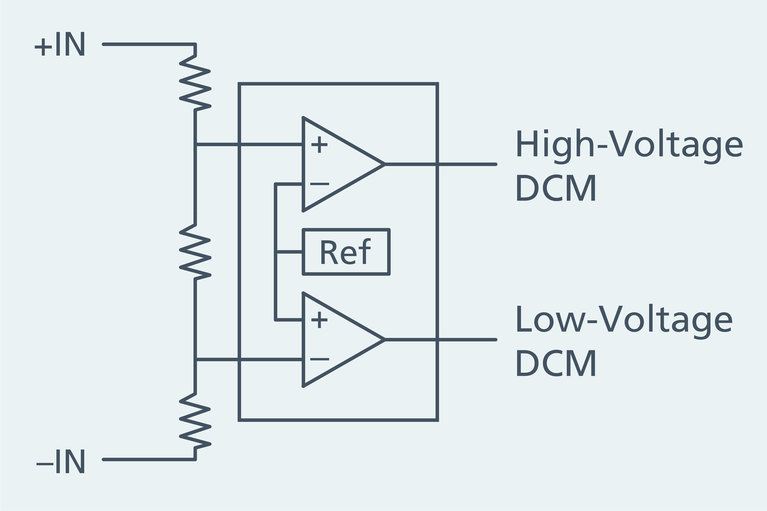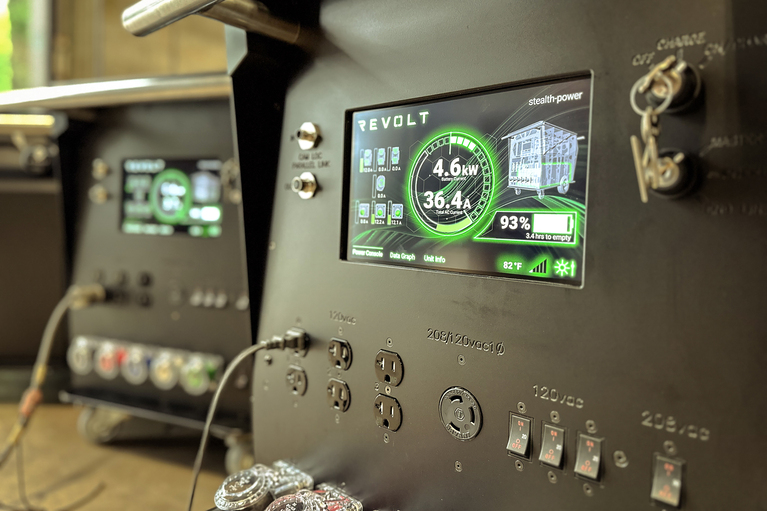
Building a smarter ultra-wide DC-DC converter solution with multiple parts
One-size-fits-all typically simplifies situations. However, this approach does not deliver the best results when selecting an ultra-wide DC-DC power supply

Fit into a small housing

Remain close to ambient temperature

Precise power
Microgate, established in 1989 and located in Bolzano Italy, designs linear motor-drive control systems for Extremely Large Telescopes (ELTs), which are the biggest telescope installations on the planet. Used for deep space exploration, ELT’s require highly sophisticated automated optics to capture the weakest light arriving from trillions of miles away to produce high resolution images. Atmospheric disturbances known as a wave-front aberration, degrade light sources and distort imagery, and require a delicate process to re-align and remove these aberrations.
Microgate has developed an innovative adaptive optics technology that overcomes the complex wave-front aberration challenge. The system consists of a primary mirror that reflects captured light to a secondary adaptive mirror, which physically deforms the light to re-establish what is known as a “plane” wave-front. Deforming the mirror to manipulate the incoming wave-front is achieved using sophisticated contactless linear motors. These motors, correct for atmospheric disturbances and enhance images.

Power dense

Lightweight

Thermally adept
The adaptive mirror of the European Extremely Large Telescope (E- ELT)is 2.4 meters in diameter and is made of specialized glass, 1.9 millimeters thick. Linear motors are powered by a precise current driver and a series of co-located permanent magnets. These are attached to the back of the mirror and provide the force to deform the glass. This process is performed across the entire surface of the adaptive optics using 5,316 motors, each with an inter-axis distance, or pitch, of about 30 millimeters.
Precise manipulation and thermal management of the adaptive optics system is critical and requires all exposed surfaces to be kept close to ambient temperature to avoid local turbulence.
The Vicor DCM3623 series of DC-DC converter powers the linear motors in the adaptive mirror. The power system board is mounted on the underside of the gas-cooled cold plate, and each module powers up to 36 motors, eliminating complex wiring.

The Microgate power delivery network uses the Vicor DCM3623 to deform the secondary lens. The voice-coil motors are powered by a precise current driver and a series of co-located permanent magnets that provide the force to deform the glass. This process is performed across the adaptive optics lens using 5,316 motors. The Vicor DCM3623 DC-DC converters can power up to 36 motors channels at one time.
Building a smarter ultra-wide DC-DC converter solution with multiple parts
One-size-fits-all typically simplifies situations. However, this approach does not deliver the best results when selecting an ultra-wide DC-DC power supply
Innovating power delivery networks
Every electronic piece of equipment or system has a power delivery network (PDN)
Build small, lighter power systems by eliminating bulk capacitance
Powering systems that are eight to ten times smaller and lighter than conventional solutions
Hollywood goes clean energy: Vicor power modules power movie sets with ReVolt
ReVolt has developed a better way to power film sets and studio exteriors by providing clean, mobile, and always-on electricity


